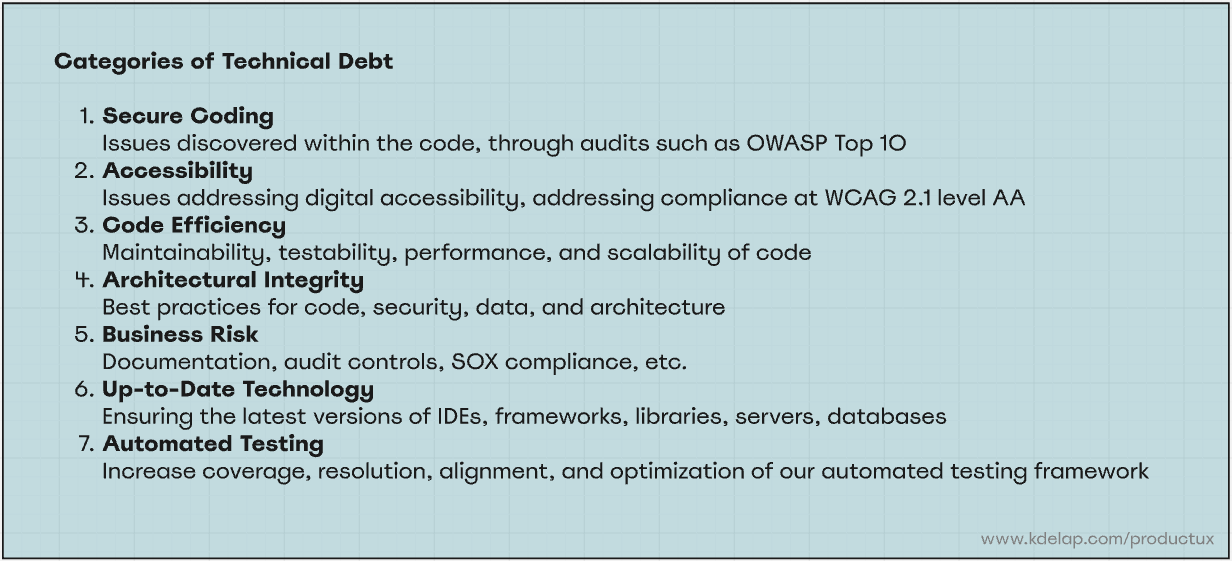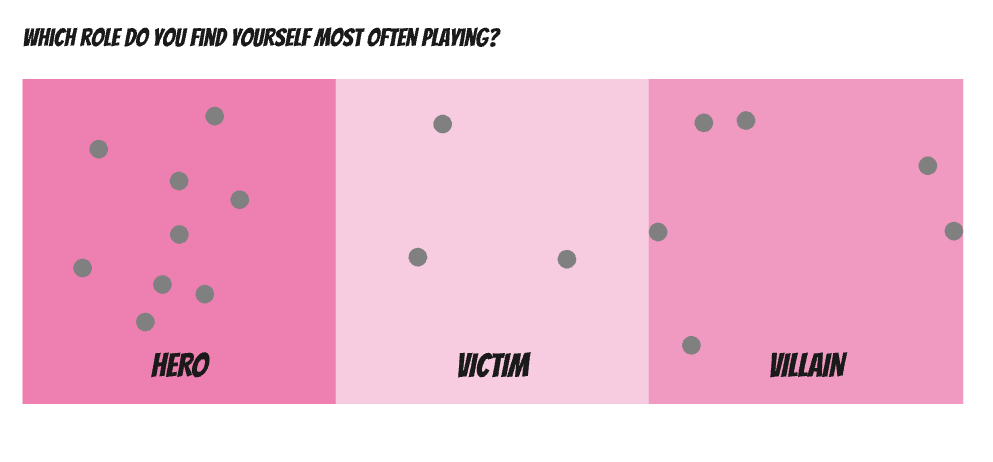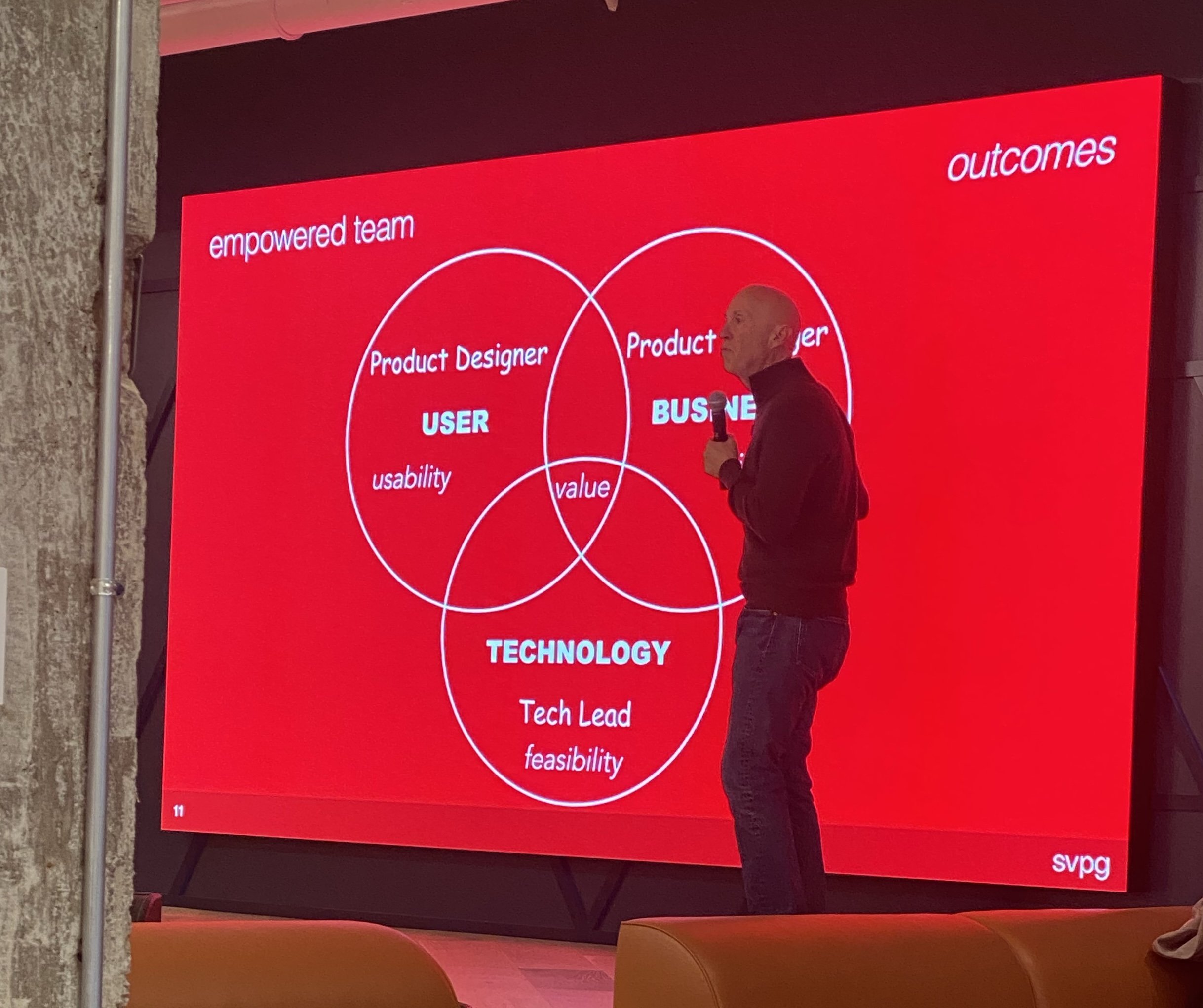A product vision aligns the product team to the change you want to see - driving strategy, priorities, and execution. For teams where the product is the transactional item or service, this is likely an obvious one-to-one with the business or corporate vision. However, for those product teams working on internal tools or enabling platforms or secondary offerings, a specific product vision will need to be crafted.
A product vision statement should be:
Centered on the problem to be solved
Descriptive of a tangible end state you can visualize
Meaningful to you, and to the people you intend to impact
In Product Leadership, the authors describe, “A vision isn’t a poster on the office wall or a weekly newsletter to the team. It’s a concept of what the future will look like with the energy to back it up and something that should be regularly communicated to the team.”
A good vision statement should answer four questions, according to Radhika Dutt in Radical Product Thinking.
WHO - whose worlds are you trying to change? Who has the problem?
WHAT - what does their world look like today? What are they trying to accomplish and how are they doing that?
WHY - why is the status quo unacceptable? Why is it imperative to solve the problem? (Make sure that it is.) What are the consequences of not solving it?
WHEN - when will you know that you have succeeded?
HOW - how will you bring about the change? (This creates the actionable part of the vision.)
Those questions can be thought of in terms of a fill-in-the-blank vision template.
While a vision statement can include more, this template is a great place to start. Then, with a vision in place, you can support it with a set of guidelines to filter decisions/prioritization, and be confident your product team is aligned on what success is and how to get there.
STAND-UP EXERCISE
Work with your product team to brainstorm answers to the 5 questions above (who/what/why/when/how). Use consensus to translate those answers into the vision template. How does this statement compare to previous/earlier vision statements that might exist? Does this statement need to evolve to encompass more needs or users? How can you make it most useful to the team as whole?
Once complete, place this statement within your artifacts - add it to your roadmap, put it at the top of your Confluence, create a Teams background. Make sure it is often seen and referenced.










